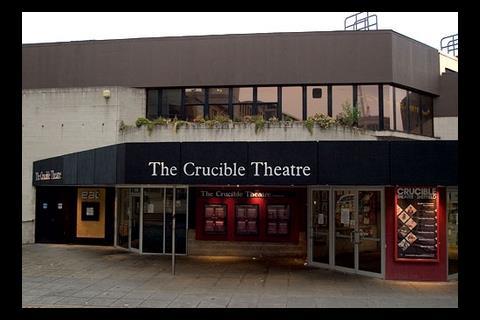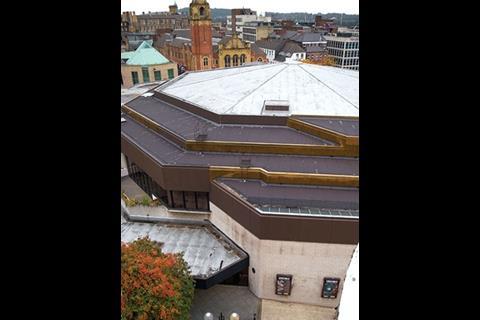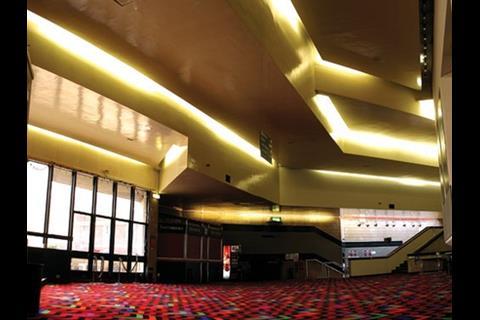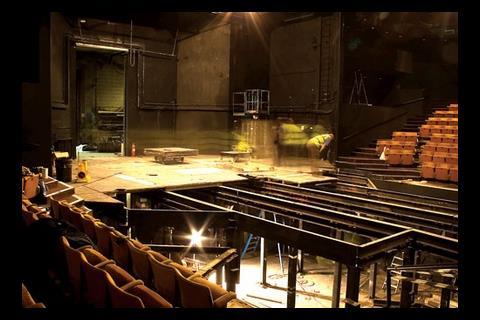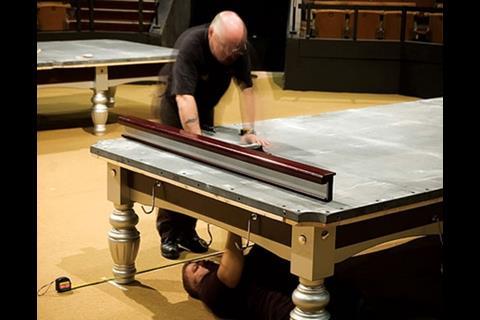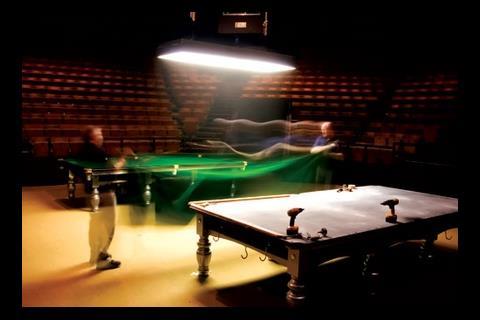If there’s one thing the city of Sheffield, the world’s snooker fans and project manager David Hobson can all agree on, it’s that nothing can stand in the way of the World Snooker Championship next year. Not even its venue’s much-needed revamp. Thomas Lane puts you in the frame
Over the past three weeks, Sheffield has undergone its annual transformation into Snooker City. From the minute you arrive there is no escaping the fact that this is the home of the 888.com World Snooker Championship. Rail commuters get to try a few tips from top players on tables at the station, posters advertising the event adorn the streets and outside the Crucible – the theatre where the event is hosted – crowds throng around giant screens to watch the play unfold. Inside, it’s even busier – the BBC has set up a mini-media centre so the whole world can spectate.
But look past the hype, and the cracks start to become visible. The fact is that the Crucible is tired. Very little money has been spent on the fabric of the building since it was completed in 1972. David Hobson of local project manager Hobson Hague, gives an example: “Twelve years ago the air-conditioning in the main auditorium started failing and because money was tight, they just turned it off.”
Hobson has been employed by the theatre to oversee a £15.3m refurbishment that will make it worthy of an international sporting event. “This function is being beamed all over the world and we want to have world-class facilities to support the snooker and the theatre productions,” he says.
But this is a refurbishment with a difference. It is crucial that the work is finished ready for the championships next year – the last thing Hobson wants is to be responsible for breaking a 32-year run of snooker at the Crucible. “There is absolutely no chance of the programme overrunning,” he says. “If it does, it’s death to me as a project director.”
Snooker is vital for Sheffield: the council says it brings in £6.5m a year and gives the city a second fortune in free publicity, so naturally the suggestion of moving it temporarily to another venue prompts a sharp intake of breath. “In York they moved a snooker tournament to another building. It wasn’t up to standard, so they moved out and never came back,” Hobson says. “We can’t afford, as a theatre or a city, for world snooker to go anywhere else.” Indeed, such is Sheffield’s love for the game that the old carpet in the Crucible is being sliced up and sold for £75 a square to snooker fans in the same way that bits of the old Wembley twin towers were sold to football fans; the old seats in the auditorium are also being flogged to help with refurbishment costs.
The remodelled Crucible will have a glass entrance, upgraded bars and a new box office. The smaller studio theatre and back-of-house facilities, including the dressing rooms, are being upgraded, too. The auditorium will get a new stage and seats, and the M&E works will finally be replaced. The building will also be much more accessible to disabled people. A lift and extra viewing areas inside the auditorium are being installed – until now, there has only been one place for wheelchair users to sit.
Twelve years ago the air-conditioning in the main auditorium started failing and because money was tight, they just turned it off.
David Hobson, Hobson Hague
So how do you carry out a root-and-branch refurbishment without the risk of messing up the snooker? The answer is to do it in carefully planned stages. A large section of the roof and the main stage have already been renewed in time for this season’s snooker. The minute the final finishes on Monday all the snooker paraphernalia will be stripped out ready for the main work, which starts two days later. This includes pretty much everything apart from the studio theatre and the back-of-house areas. This needs to be completed in time for the championship in April 2009, and the rest of the work will be completed in time for the 2010 season. The M&E will be done in two stages – the front-of-house will be ready for 2009 and back-of-house for 2010.
Hobson says working out the timing of the stages is the key to the job’s success. “It’s all about pre-planning, pre-planning and pre-planning, and if something goes wrong, we always have


















